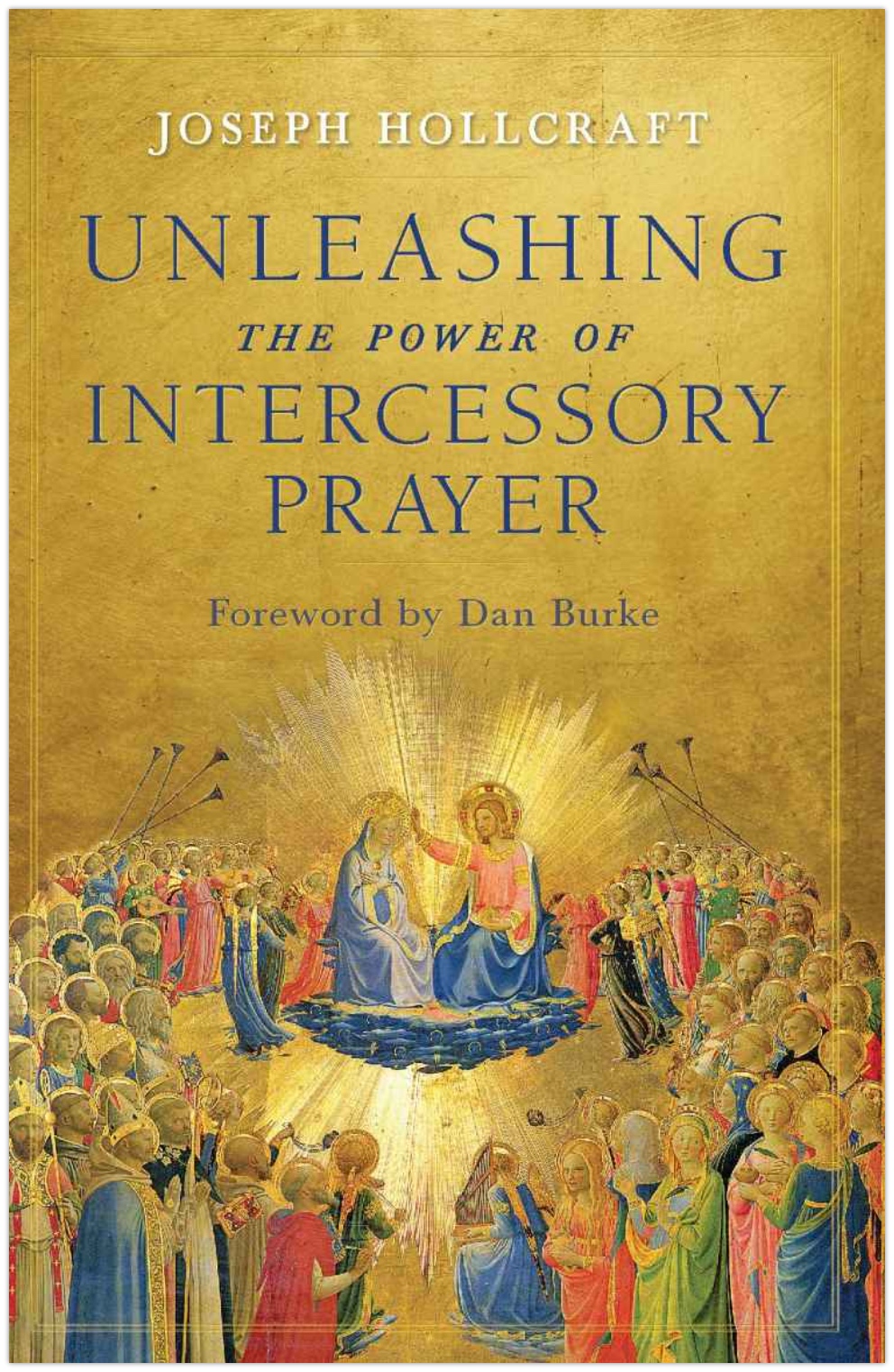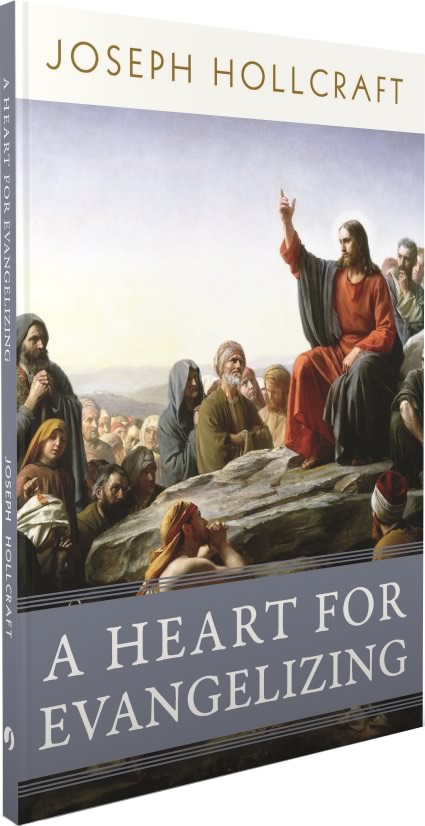Come and See
I still recall as a young boy walking to our local grocery store, and one of my older brothers going underneath a bridge to find some crayfish. At the time, I had no idea what he was doing, or why he would be doing anything other than getting to the store as quickly as possible to add to our growing collection of baseball cards. Before I had the chance to ask him what he was up to, he invited me down to the creek to see what he found:
“Hey Joe! Come down here. Check this out.”
I responded: “What did you find?”
And I remember I heard the words, “come and see,” for the first time.
Immediately, I went down to the water and found what he discovered: a crayfish with pinchers twice the size of its body.
From a neighborhood creek to Sacred Scripture, we hear those same critical words from Phillip to Nathaniel: “Come and see” (Jn 1:44). The narrative in its entirety:
"The next day Jesus decided to go to Galilee. And he found Philip and said to him, 'Follow me.' Now Philip was from Beth-sa′ida, the city of Andrew and Peter. Philip found Nathan′a-el, and said to him, 'We have found him of whom Moses in the law and also the prophets wrote, Jesus of Nazareth, the son of Joseph.' Nathan′a-el said to him, 'Can anything good come out of Nazareth?' Philip said to him, 'Come and see'" (Jn 1:43-46).
Phillip knew, on the heels of his own personal encounter with Jesus, the best response to Nathaniel’s probing question, “can anything good come out of Nazareth?” (Jn.1:46), was “come and see.” Inside of Phillip’s words to Nathaniel was and is the great invitation to encounter Christ.
In a more general sense, we often define the word invitation as some form of enticement. The Latin invitatio partly translates as “to be pleasant towards.” The Latin also translates as “challenge.” Challenges by their nature call forth something from us. In principle, what lies on the other side of an invitation is the response. If we are invited to a wedding, we arrive at the wedding with a gift. In our relationship with Christ, we have been invited to encounter Christ, and we do so with the gift of ourselves.
What’s more, the invitation to encounter Christ lies at the heart of evangelization. In our evangelization, when we give reasons to explain why we believe Jesus is the cause for the hope inside of us (cf. 1 Peter 3:15), our reasoning should always include an invitation to encounter Christ with the words “come and see.” Consider that Phillip was in “evangelization mode” with Nathaniel as he was letting him know he had “found the fulfillment to the Mosaic Law in Jesus of Nazareth” (Jn 1:45) – a “discovery” that prompted the aforementioned question from Nathaniel: “can anything good come out of Nazareth?”[1]
It was out from this probing question concerning the home of Jesus that evangelization arrived at the all-important stage of the invitation: “come and see.” Phillip talked about Jesus to Nathaniel, but he also introduced Jesus to Nathaniel (although Jesus did see him in the fig tree), because he wanted us to see that Jesus Christ is not exclusively a subject to be taught, but a relationship to be lived – encountered.
Inside of Phillip’s invitation to Nathaniel you “hear” Phillip’s enthusiasm for Christ: “We have found him…” (Jn 1:45). This enthusiasm was common in the gospel accounts and is integral to the evangelical moment. Our excitement about Jesus excites others.
Throughout the gospels, we often read of someone being cured of a sickness or healed of an ailment. Shooting forth from these encounters with Christ, was an eagerness to share the good news of Jesus Christ with the world. Consider the leper cured of his skin disease (cf. Mk 1:40-45). After Christ healed the man of his leprosy, he immediately shared the extraordinary news of what Jesus of Nazareth had done for him with all he met. No doubt, if Nathaniel had come across the cured leper, the leper would have had a lot to say about “the good that comes out of Nazareth,” which would have included something like: “let me introduce you to this man that healed me…come and see this man.”
Long ago, with elation, my brother wanted to show me a crayfish. He invited me down the creek with the words: “come and see.” Years later, I read those same words of invitation from Phillip to Nathaniel and it helped me better understand what Phillip was doing – inviting Nathaniel with jubilation to meet the man who could answer every question and satisfy every ache. Decades later, I invite you to participate in the drama of the “come and see” moment!
[1] An expected and fair question given Nazareth was on the outskirts of the roads of merchants and legions, and a region that by all accounts was considered dirty.


